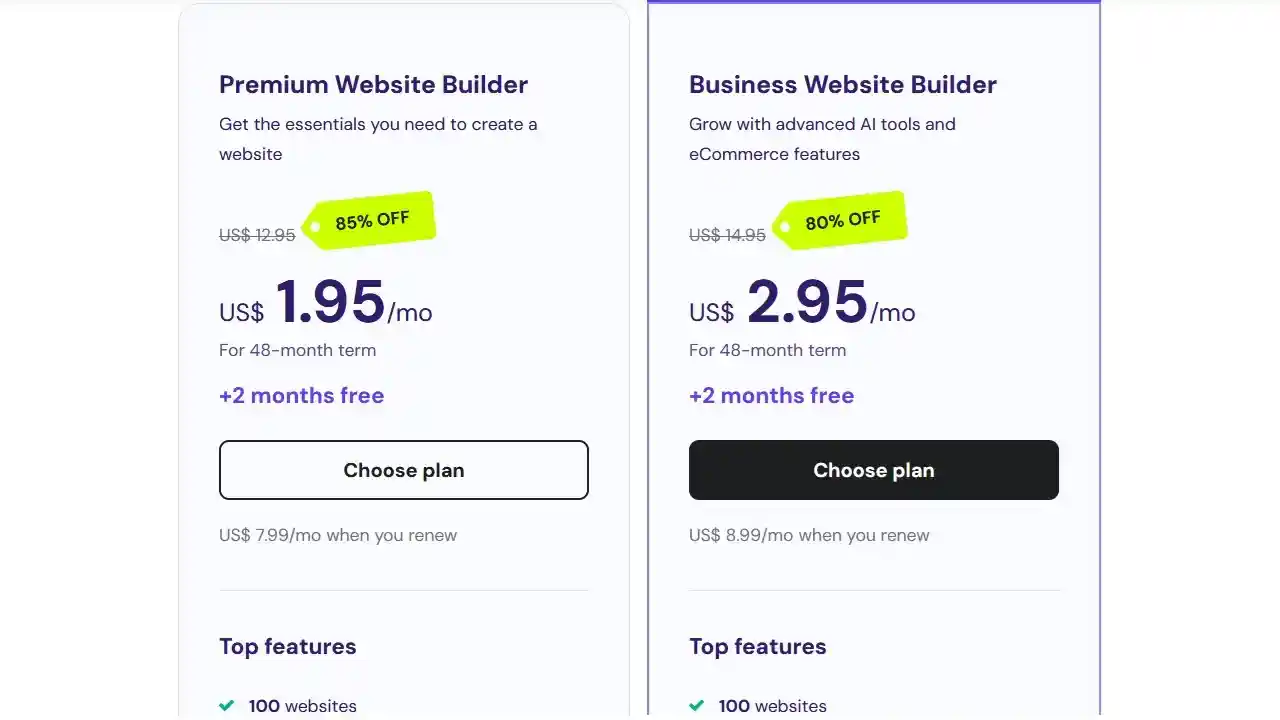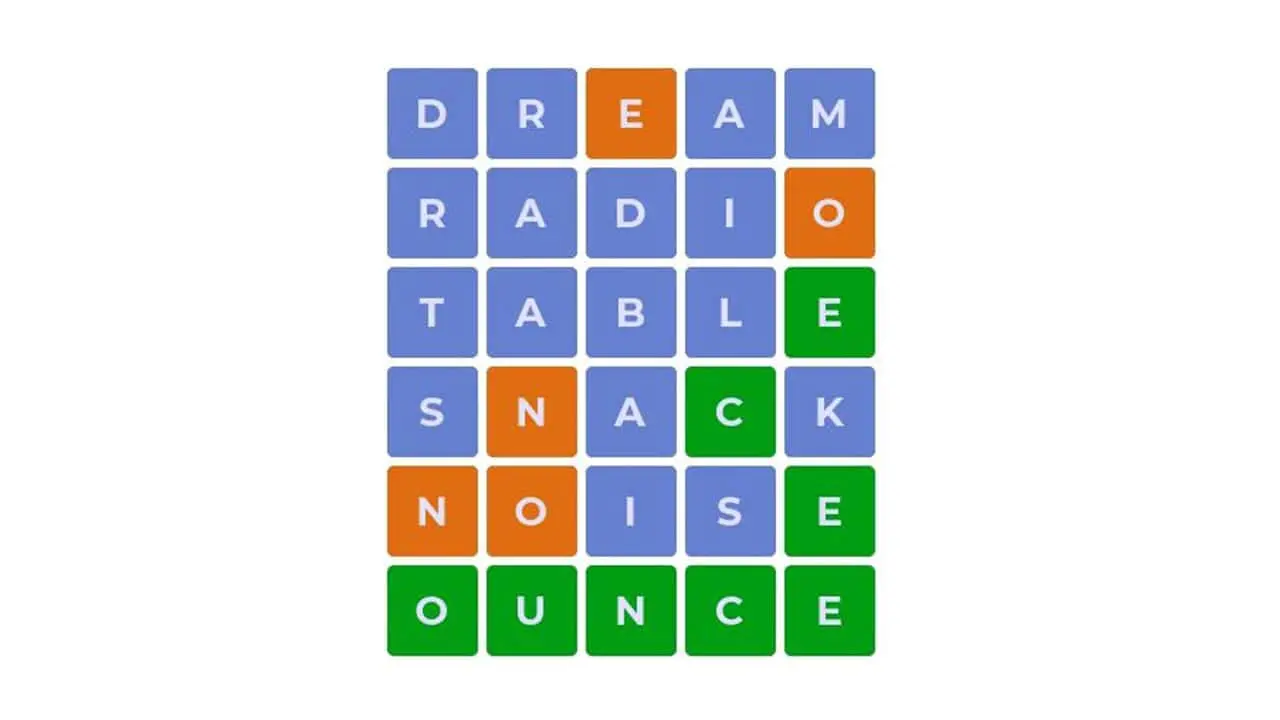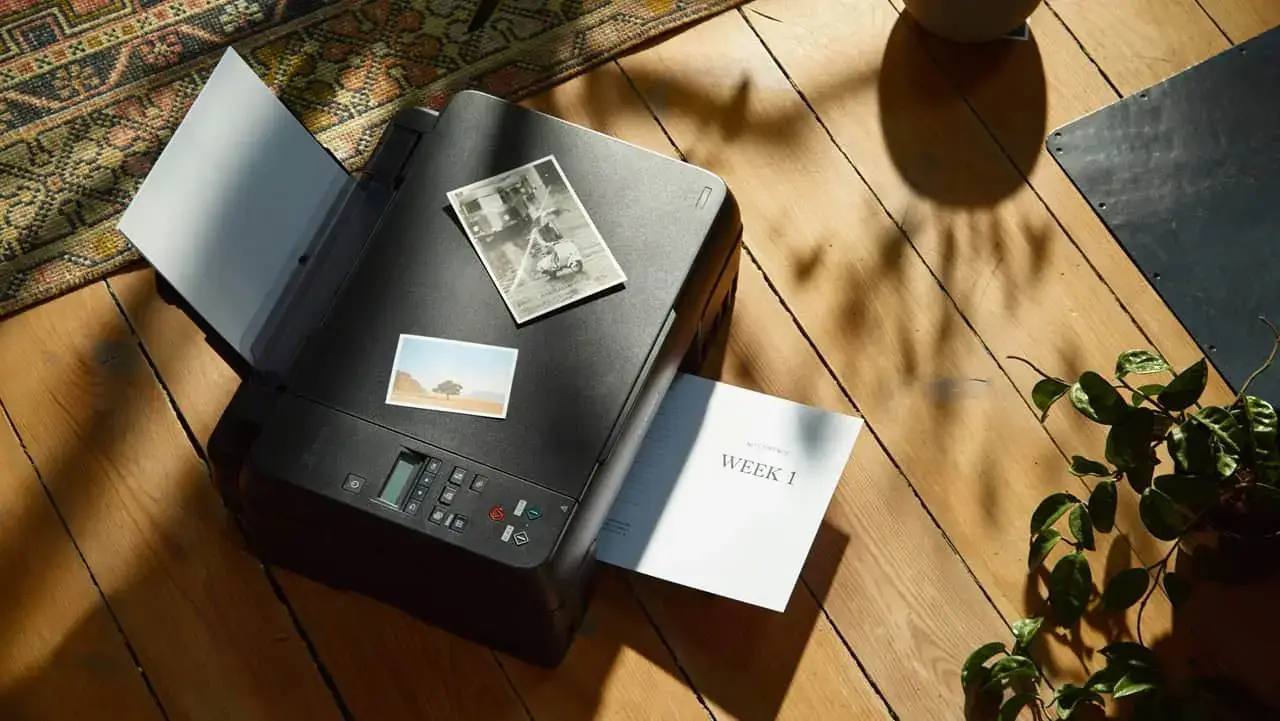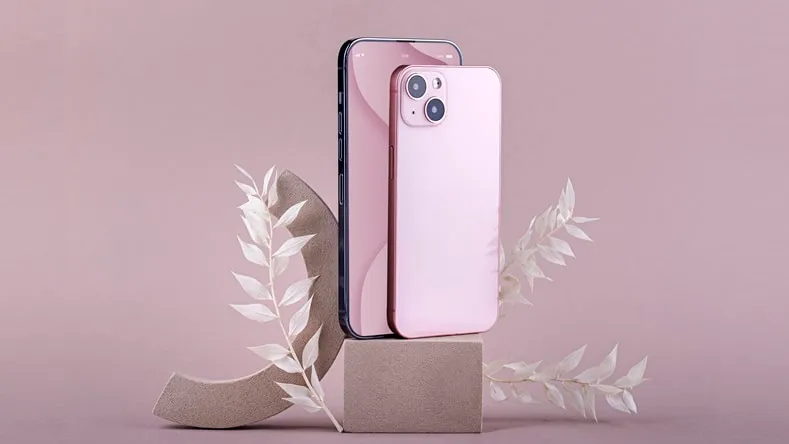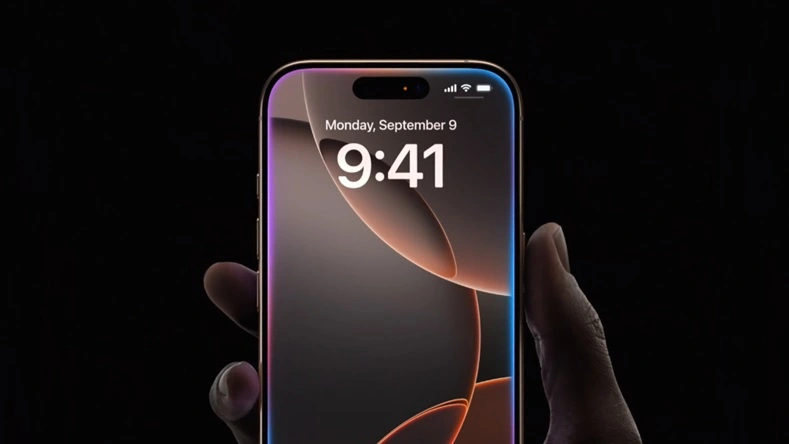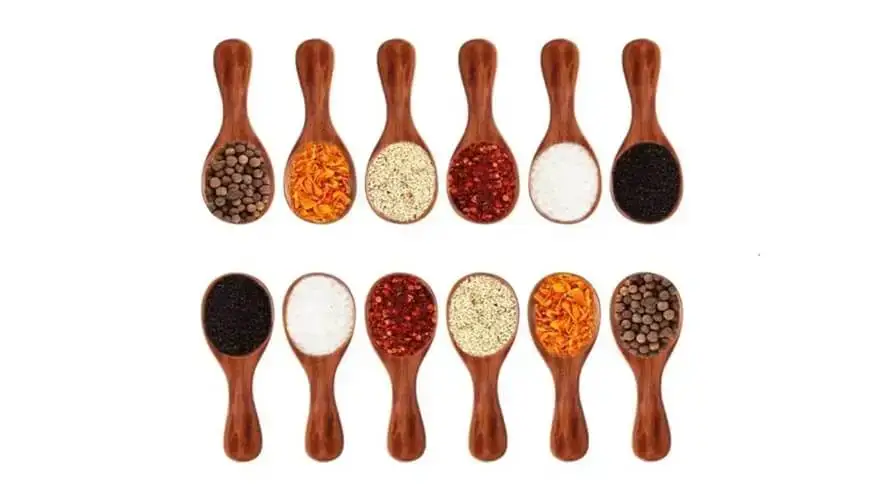
How many tablespoons in a cup of Coffee? Ever been in the middle of a recipe and realized you need to convert cups to tablespoons? You’re not alone! Understanding measurements is crucial for coffee, cooking and baking. Let’s dive into this simple yet essential question: How many tablespoons are in a cup of Coffee?
The Magic Number: 16
The short and sweet answer is that there are 16 tablespoons in a cup of Coffee?. Yep, that’s it! But let’s break it down a bit more to make it easier to remember and understand.
Why This Matters
Brewing the perfect cup of coffee is all about precision. Too much or too little ingredient or coffee grounds can drastically change the taste and quality of your brew or dish. Knowing basic conversions helps ensure that your coffee or recipes turns out just right every time.
A Quick Conversion Chart
To make things even simpler, here’s a handy chart you can refer to:
| Cups | Tablespoons |
|---|---|
| How many tablespoons makes 1 cup | 16 tbsp |
| How many tablespoons in 3/4 cup | 12 tbsp |
| How many tablespoons in 2/3 cup | 10 tbsp + 2 tsp |
| How many tablespoons in 1/2 cup | 8 tbsp |
| How many tablespoons in 1/3 cup | 5 tbsp + 1 tsp |
| How many tablespoons in 1/4 cup | 4 tbsp |
| How many tablespoons in 1/8 cup | 2 tbsp |
| How many tablespoons in 1/16 cup | 1 tbsp |
| How many tablespoons in 1/32 cup | 1/2 tbsp |
| How many tablespoons in 1/64 cup | 1/4 tbsp |
| How many tablespoons in 1/128 cup | 1/8 tbsp |
This chart can be a lifesaver when you’re in the middle of making that perfect batch of cookies or whipping up a delicious cake.
Tips for Remembering
- Visualize It: Imagine a cup full of something granular, like sugar or flour. Picture yourself scooping it out tablespoon by tablespoon. After 16 scoops, you’ve emptied the cup.
- Use Mnemonics: Create a fun phrase to help you remember. For example, “Sweet Sixteen Tablespoons in One Cup.”
- Write It Down: Keep a conversion chart in your kitchen. Stick it on your fridge or inside a cabinet door for easy reference.
- Practice Makes Perfect: The more you measure, the more familiar you’ll become with these conversions.
- Teach Someone Else: Explaining it to another person can help reinforce your own understanding.
- Use Apps: There are several cooking apps that can help with quick conversions.
- Invest in Measuring Tools: Get a set of measuring spoons and cups with clearly marked measurements.
- Watch Videos: Sometimes seeing it done can help it stick in your memory better.
- Join a Cooking Class: Practical experience can make these conversions second nature.
- Keep a Journal: Jot down any new conversions you learn in a cooking journal.
- Ask for Help: When in doubt, ask someone more experienced for guidance.
When Precision Matters Most
Some recipes, especially in baking, need precise measurements. Here’s why:
- Texture: The texture of coffee or baked goods like cakes, cookies, and bread can be drastically different with even a slight variation in measurements.
- Flavor: The balance of coffee or flavors can be thrown off with too much or too little of an ingredient.
- Chemical Reactions: Baking is a science. Ingredients like coffee or baking powder and baking soda react with others to help your baked goods rise. Incorrect measurements can affect these reactions.
Practical Examples
Imagine you’re baking a cake, and the recipe calls for 1 cup of sugar. But your measuring cup is dirty, and you only have a tablespoon on hand. No worries! Just measure out 16 tablespoons of sugar, and you’re good to go.
Or, let’s say you’re making a small batch of sauce that needs 1/4 cup of olive oil. You can quickly measure 4 tablespoons instead.
Wrapping Up
Understanding that there are 16 tablespoons in a cup is a small but mighty piece of kitchen knowledge. It simplifies the cooking process and ensures your recipes turn out exactly as planned. So, next time you’re in the kitchen, you can confidently scoop, measure, and pour knowing you’ve got the conversions down pat.
Happy cooking! And remember, the kitchen is a place for creativity and fun, so don’t stress too much about the numbers. With this little bit of knowledge, you’re well on your way to becoming a kitchen pro.
FAQs: How Many Tablespoons in a Cup?
1. How many tablespoons are in a cup of coffee?
There are 16 tablespoons in a cup. It’s a simple and straightforward conversion that can be very handy in the kitchen.
2. Why is it important to know the conversion between cups and tablespoons?
Knowing this conversion helps ensure precision in cooking and baking, which is crucial for achieving the right texture, flavor, and chemical reactions in your recipes.
3. Can you give me a quick reference chart for other common conversions?
Sure! Here’s a quick chart for you:
- 1 cup = 16 tablespoons
- 3/4 cup = 12 tablespoons
- 2/3 cup = 10 tablespoons + 2 teaspoons
- 1/2 cup = 8 tablespoons
- 1/3 cup = 5 tablespoons + 1 teaspoon
- 1/4 cup = 4 tablespoons
- 1/8 cup = 2 tablespoons
- 1/16 cup = 1 tablespoon
- 1/32 cup = 1/2 tablespoon
- 1/64 cup = 1/4 tablespoon
- 1/128 cup = 1/8 tablespoon
4. How can I remember the conversion from cups to tablespoons?
Here are a few tips:
- Visualize it: Imagine scooping out 16 tablespoons to fill a cup.
- Use mnemonics: Try “Sweet Sixteen Tablespoons in One Cup.”
- Write it down: Keep a conversion chart in your kitchen for easy reference.
5. What if my recipe needs a half cup or a quarter cup? How many tablespoons is that?
- 1/2 cup = 8 tablespoons
- 1/4 cup = 4 tablespoons
6. Do I really need to be precise with my measurements?
Yes, especially in baking. Precision in measurements ensures your baked goods have the correct texture, flavor, and rise properly.
7. What can I do if I only have tablespoons and no measuring cups?
You can easily measure out the required cups using tablespoons:
- For 1 cup, use 16 tablespoons.
- For 1/2 cup, use 8 tablespoons.
- For 1/4 cup, use 4 tablespoons.
8. Are there any tools or apps to help with these conversions?
Yes, there are several cooking apps that provide quick conversion tools. You can also invest in a set of measuring spoons and cups with clearly marked measurements.
9. How can I make these conversions second nature?
- Practice regularly: The more you use these conversions, the more familiar you’ll become.
- Teach someone else: Explaining it to others can reinforce your own understanding.
- Join a cooking class: Hands-on experience can make these conversions feel like second nature.
10. What if I make a mistake with my measurements?
Don’t worry too much! Cooking is an art as much as it is a science. While precision is crucial for some recipes, others are more forgiving. Learn from the experience and try again.
11. Where can I find more information about cooking measurements?
You can find more information in cookbooks, cooking websites, and by joining cooking classes or forums where experienced cooks share their tips and tricks.
